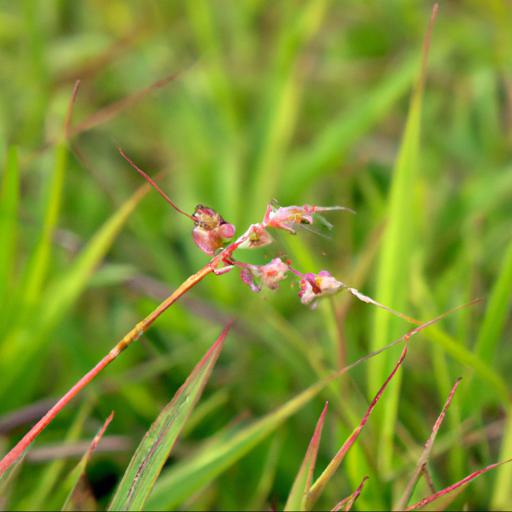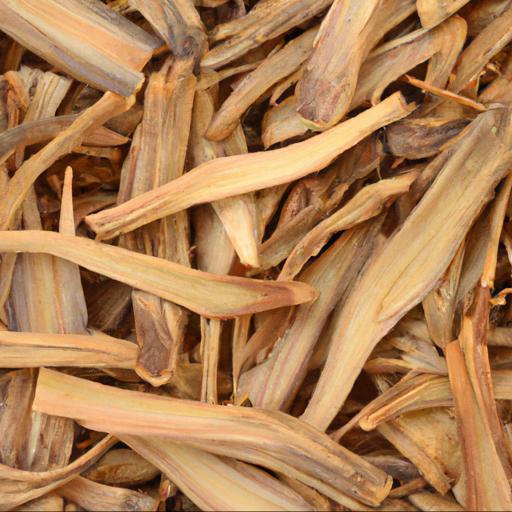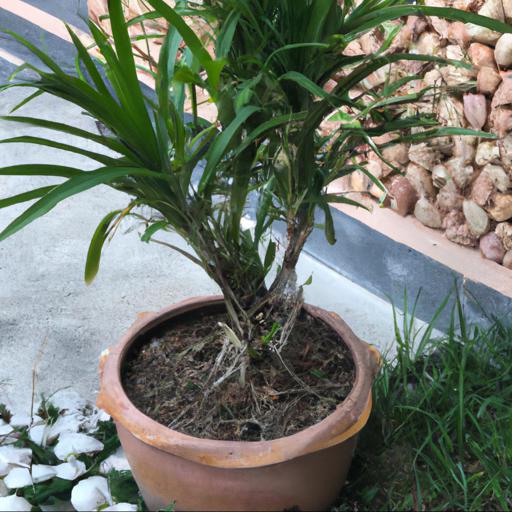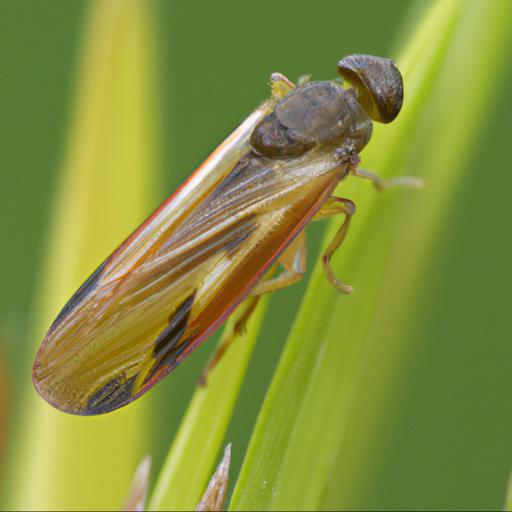Trithrinax campestris is a species of palm tree native to South America. It is an evergreen species that is drought-tolerant and requires minimal maintenance. This species is often used as an ornamental tree, providing a unique and attractive addition to any landscape.
Its fan-shaped leaves and its ability to thrive in a variety of conditions make it an ideal choice for those looking to add a touch of tropical beauty to their garden. In this blog, we will explore the features, benefits, and requirements of Trithrinax campestris, as well as provide tips on how to care for this majestic tree.
Characteristics of trithrinax campestris

As a UK garden expert, I am delighted to talk to you about the unique qualities of Trithrinax campestris, an evergreen palm from the Arecaceae family. This charming plant stands out with its spectacular hue of blue-green leaves that are fan-like and look incredibly beautiful.
Growing up to around 5 metres in height, this tree is evergreen throughout the year, but reaches its best colouration in the summer. A great thing about Trithrinax campestris is that it can tolerate some frost and cold temperatures, so it’s perfect for gardens in the UK. Trithrinax campestris is a fast-grower and is tolerant of most soil types, though a slightly alkaline soil is ideal.
The lower leaves will die off in the winter, but it’s easy to remove them and will not harm the plant. It’s also able to tolerate balme, arid or salty conditions, and makes for a great ornamental plant.
As for watering requirements, it’s quite drought resistant and can do with a weekly soak during the dry season. This incredible tree adds a unique touch to any landscape, thanks to its form and size, as well as its captivating blue-green foliage. Its cold-hardiness is also worth noting, as it can survive temperatures down to -4C, making it a great addition to UK gardens.
With proper care and attention, Trithrinax campestris can thrive and live for many years to come. If you’re looking for an evergreen plant to spruce up your outdoor area, Trithrinax campestris is an excellent choice.
Benefits of trithrinax campestris

:Trithrinax campestris is a species of palm that provides numerous benefits for UK gardeners and landscapers. Not only is this tropical-looking tree hardy enough to withstand extreme weather and environmental fluctuations, but it also features striking blue-green foliage and a crown of up to five rigid, attractive leaves. As a result, Trithrinax campestris is often chosen to provide structure and shade to outdoor areas and is an essential accent in Mediterranean-style gardens.
On top of its ornamental appeal, Trithrinax campestris also has several more practical benefits. Its dense foliage provides coverage and makes it an ideal windbreak.
Furthermore, it can help reduce soil erosion. This is especially beneficial in areas that experience heavy storms or seasonal flooding.
Likewise, Trithrinax campestris can rapidly produce a dense root system, making it ideal for minimizing soil displacement. But Trithrinax campestris’s benefits don’t stop there. As it has shallow roots, this species is easy to plant and maintain.
Even better, its foliage is low upkeep and rarely needs pruning or trimming. In addition, Trithrinax campestris is considered a low water user, meaning it doesn’t need frequent watering and is a great choice for Australia-style formal gardens.
All in all, Trithrinax campestris is an incredibly useful tree for UK gardeners and landscapers. From providing stunning decoration to offering practical solutions, it’s a must-have addition to any outdoor area.
How to plant and care for trithrinax campestris

. Have you ever wanted to add a touch of the exotic to your garden?
The Trithrinax campestris is an excellent option to turn any space into a unique and unique corner. Indigenous to South America, this fan palm is characterized by the gray-green color of its leaves and its rough trunk, which is covered by scales. Its long-term natural growth makes it a suitable garden tree: with adequate care, it can reach up to five meters in height and more than a meter in width.
This is an easy species to keep: its slow growth gives you time to take care of them and make sure they are strong and healthy. The most important thing you need to plant Trithrinax campestris is to find a well-drained soil, with a slightly alkaline pH, and add organic matter. If your soil does not have such characteristics, you can use a special substrate for palms.
In addition, you need to water it without drowning it: in the face of a water deficit, the plant will show yellowing in its leaves. Further caring for trithrinax campestris includes feeding with a specific palm fertilizer every four months and trimming dry or yellowing leaves.
Finally, to protect it against extreme temperatures, you can use organic mulch during the hottest and coldest months: a thickness of 10 cm is more than enough. Caring for trithrinax campestris is a simple process that pays off with a unique species that stands out in your garden.
Common problems with trithrinax campestris
Trithrinax campestris, commonly referred to as a “needle palm”, is a hardy and distinctive palm species native to parts of South and Central America. It typically prefers dry, full sun locations and is an ideal choice for landscapes where the temperature drops to a degree from the extreme heat of the tropics. Unfortunately, this palm species can suffer from numerous common problems when growing in a UK garden.
One of the most frequent issues for Trithrinax campestris is cold weather damage. With temperatures dipping below 10 °C, the fronds may turn brown and die back.
This is because the cold weather can be damaging to the plant’s cell walls and can kill the plant all together if exposed to extreme cold conditions for too long, especially when the palm is younger. To protect the palm, it is important to provide a thick layer of mulch and a microclimate such as a sheltered wall space or a spot against the house to protect it during cold snaps.
In addition to cold weather damage, Trithrinax campestris is also susceptible to cultivation problems such as wind burn, insect damage, and fungal infections. Wind burn can occur if the palm is exposed to strong, dry winds over a period of time which causes the fronds to brown and become dry. Insects such as mealy bugs and scale can also cause damage to fronds and even the root system if left untreated for too long.
To prevent these issues, keep an eye on the fronds for signs of damage and treat the palm with an appropriate insecticide if necessary. The trunk and roots should also be inspected multiple times throughout the year and any visible fungal infections or damage should be treated as soon as possible. Overall, Trithrinax campestris can be a hardy and stylish addition to your garden.
However, it is important to be mindful of the common problems it can suffer from in order to ensure your palm stays healthy and robust. Careful observation and timely treatments can help prevent any permanent damage, allowing you to enjoy the unique beauty of these impressive plants.
Final Touch
Trithrinax campestris is a species of palm tree native to South America. It is a medium-sized, slow-growing tree that can reach heights of up to 15 meters. Its trunk is covered with spines, and its leaves are large and fan-shaped.
Trithrinax campestris is drought-tolerant, and can be found in a variety of habitats, including grasslands, woodlands, and savannas. It is an important source of food and shelter for wildlife, and its wood is used for building and fuel.
Trithrinax campestris is a valuable species for its many uses and its ability to survive in difficult conditions.
FAQ
What is the scientific name of Trithrinax campestris?
The scientific name of Trithrinax campestris is Trithrinax campestris.
Where is Trithrinax campestris natively found?
Trithrinax campestris is natively found in South America, primarily in Argentina, Uruguay, and Brazil.
What is the average height of Trithrinax campestris?
The average height of Trithrinax campestris is approximately 6-10 feet (1.8-3 m).
What type of soil does Trithrinax campestris prefer?
Trithrinax campestris prefers well-drained, sandy soils.
What is the typical lifespan of Trithrinax campestris?
The typical lifespan of Trithrinax campestris is around 30-50 years.
What type of climate is best suited for Trithrinax campestris?
Trithrinax campestris is best suited for a warm, dry climate with low humidity.

